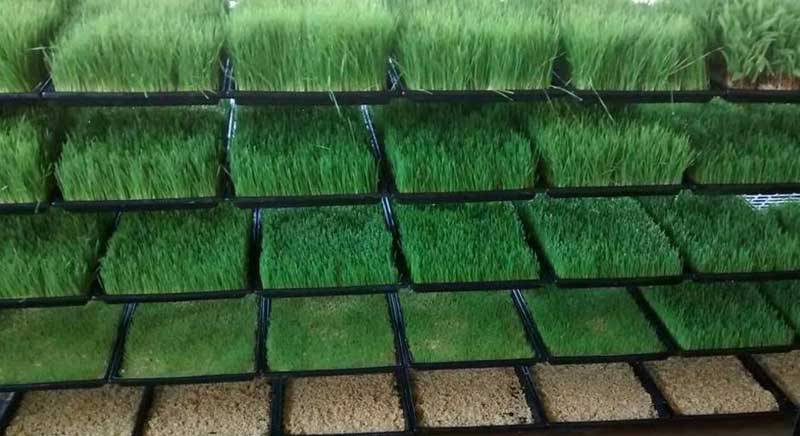



Article by: Hari Yellina
An industry symposium this week focused on the newest findings regarding the benefits of using seaweed species as cattle feed to help reduce methane emissions. Dr. Breanna Roque of Future Feed was one of several keynote presenters who addressed an audience of farmers at ABS’ 2022 Beef Conference in Tamworth this week, highlighting some of the promising research in the area of using seaweed as a livestock feed. She highlighted four key trials that showed Asparagopsis “can vastly reduce methane emissions in cattle” during his presentation. The company, which specialises in the Asparagopsis seaweed species, has studied its benefits over the last decade through a range of feeding regimens involving various livestock.
The first experiment was a 70-day sheep trial that demonstrated an 80% reduction in methane emissions with a 3% feed inclusion; while the second trial was a 14-day dairy cattle study that showed a 67 percent reduction with a one percent feed inclusion. The third trial, which included Brahman and Angus cattle, as well as the fourth trial, which included a range of beef cattle, both showed encouraging results, with reductions of up to 80 percent with different feed additions. Following Dr. Roque’s presentation, there was a vigorous question and answer period, which was highlighted by a number of questions ranging from when the product could be accessible to what affect harvesting the seaweed will have on the environment.
“Asparagopsis is native to Australia, New Zealand, and Hawaii, and it plays a vital role in the ecology of these oceans,” Dr. Roque stated. “Our licensees in the native areas are looking into augmenting wild harvested seaweed with tank systems that can pump ocean water in and out.” It grows wild in other regions of the world as well, but it is considered invasive in countries like Portugal and the Mediterranean, where it also provides some fascinating opportunities. “Another good aspect about this particular variety of seaweed is that it can act as a biofilter, so while it’s growing it can be sequestering carbon from the atmosphere, as well as filtering contaminates out of the water if done correctly and what Future Feed is here for is to ensure it is done correctly.”
While the results were optimistic, Dr. Roque informed the audience that there was still work to be done. “As far as what’s ahead for us,” she explained, “the primary thing we’ll be focused on is investing in further trials as well as marketing.” “After that, certification and establishing a global certified trademark on the product are the next important steps.” Overcoming all legislative impediments to make the product available is another essential focus. Overall, the objective is to deliver a solution that the livestock industry can employ to help achieve methane reductions of 80 percent or more, and she believes that they are gaining traction.